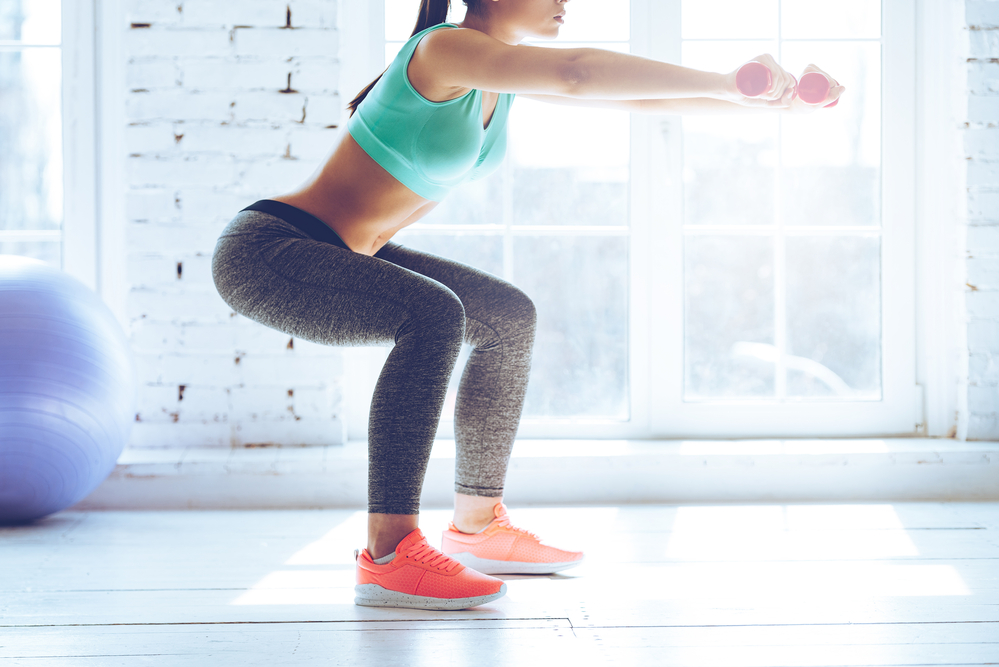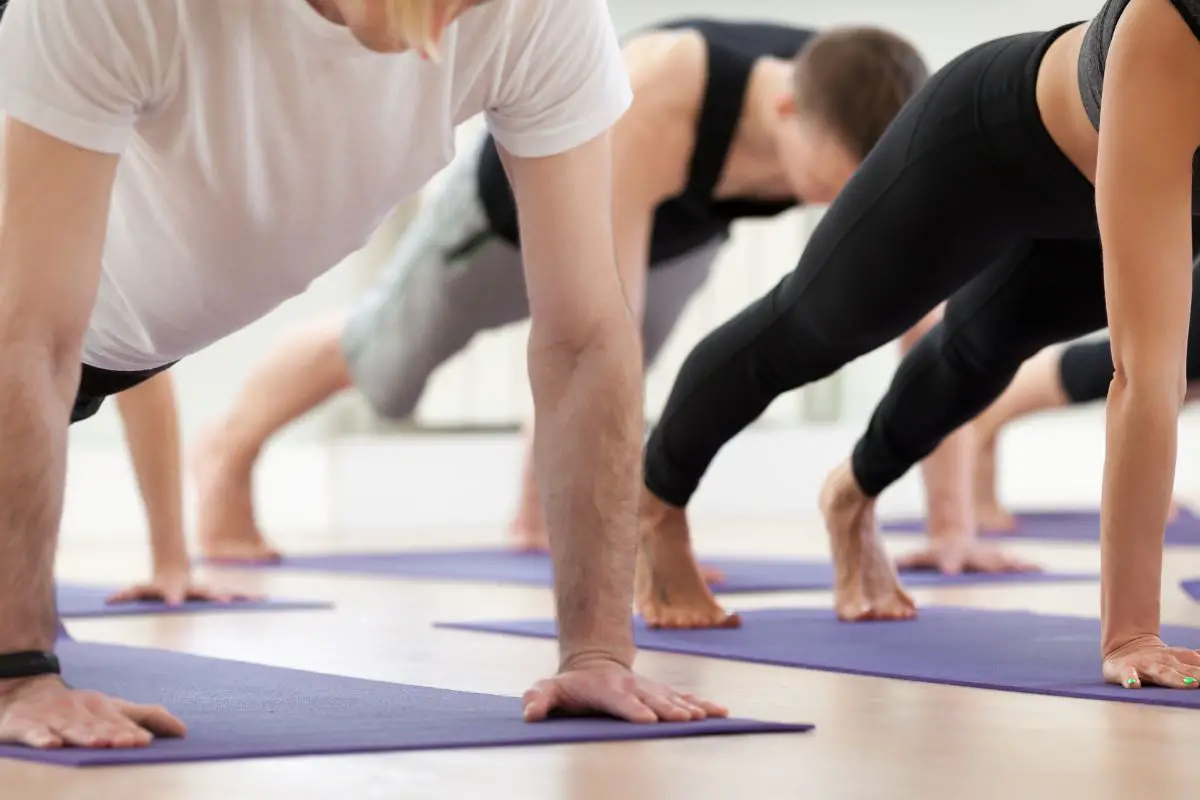Exercise

You might know Pilates as “the queen of exercises” but what exactly does she do? And how can it benefit your health?
Here’s everything you want to know about Pilates, according to top yoga therapists at some of the most reputable studios in the country.
What Is It?
The term Pilates refers to a collection of movements performed while holding specific positions. These positions are called “poses.”
There are three main types of poses: the plank pose, the side bridge pose, and the curl-up pose, although make sure you check with your clinical physician before doing these with MS.
Each pose builds upon the previous one, making sure you’re working every part of your body.
Where Does It Come From?
Joseph Pilates invented his own brand of fitness called “Pilates,” which he taught to elite dancers during World War I.
He believed that people needed to strengthen their core strength in order to prevent injuries. His system focuses on strengthening the abdominal and lower back muscles while improving coordination and balance.
How Does It Help?
Pilates uses gravity to build muscle and strengthen bones. This makes it great for anyone who wants to increase overall fitness.
It also helps people develop core strength because the movement patterns target the abdominal muscles, pelvic floor and lower back. These principles make it a good exercise regime for people suffering with MS and IBS (irritable bowel syndrome).
How Often Should I Do Pilates?
While there are no set guidelines regarding how frequently someone should engage in Pilates, experts recommend doing it at least once per week to reap maximum benefit.
Studies suggest that doing Pilates multiple times per week can lead to greater improvements in muscular endurance.
How Do I Get Started?
If you’ve never tried Pilates before, Pilates instructors recommend starting slow. Choose a class or exercise where you’ll be guided through each move slowly.
Once you feel comfortable with the moves, you can begin adding some intensity.
Wall Squat
The wall squat is one of those exercises that seems too simple to be effective. But it works well because it targets the muscles used to stabilize the spine while standing upright.
And since most people spend most of their day sitting, doing this exercise helps strengthen the core muscles needed to maintain proper posture.
This exercise is great for beginners because it requires little equipment and no fancy gym gear. You just need some space around you and a sturdy wall.
Start by standing about six feet away from the wall. Bend over and place your hands on the wall behind you. Keep your weight evenly distributed throughout your entire body. Your palms should face forward toward the wall.
Slowly lean back until your torso touches the wall. Don’t let your head hang over the edge of the wall; keep it level with your chest. As you lean into the wall, bend your knees slightly. This will help you balance better.
Hold for five seconds and slowly push off the wall with both feet to return to the original position. Repeat 10 times.
Sit To Stand
Sit to stand exercises are great because they take just a few minutes to complete and don’t require much equipment.
They’re easy enough to add into your daily routine without having to commit to a full workout session. Some people prefer to start with 10 repetitions and work their way up to 20. You can even try doing three sets of five reps.
A study published in the Journal of Strength & Conditioning Research found that performing sit-to-stand exercises improved muscle strength and endurance in older adults.
Researchers concluded that the combination of increased strength and decreased risk of falls could lead to better quality of life.

Leg Extensions
If you are looking for a quick way to strengthen those quads, try this seated option. This exercise targets your hamstring muscles, while strengthening your glutes and calves.
Sit up straight in a chair with both hands resting comfortably on the armrests. Lean slightly forward, keeping your spine neutral and head upright.
Lift your right knee off the ground and gently place it against your inner thigh. Extend your right leg out in front of you, making sure that your toes are pointed upward toward the ceiling.
Keeping your left leg stationary, slowly lift your right foot away from the floor. Then lower it back down.
Repeat this movement 10–15 times on each side. You can perform this move standing up, too, just make sure that your knees don’t go over your toes.
Seated Shoulder Press
Sit tall in a chair, legs extended straight out in front of you, feet hip width apart. Your knees are slightly bent, and your toes pointed outward.
Core engaged. Hold weights at your shoulders. With palms facing down, extend arms vertically, keeping elbows close to the sides of your body. Keep hands about 12 inches away from the body.
Exhale as you push weights up toward the ceiling, extending arms vertically. Bring weights back to the starting position.
Inhale as you lower weights back to starting position, bringing arms back to starting position. Repeat 8–12 times, alternating pushing and pulling movements.
Planks
The plank is one of the most effective core exercises out there because it works almost every muscle group in your body, including your abs and obliques.
A study published in the Journal of Strength and Conditioning Research found that performing planks for just 30 seconds three times per week could improve strength and balance.
If you want to add some variety to your routine, try holding each side for five seconds.
Modified Planks
Traditional plank exercises can be tough for most people, especially when having MS. They require balance, strength, and flexibility. But there is another way to do it.
Modified planks, supported on your knees, allow you to build strength while maintaining good form. This type of plank requires less strength and more control than traditional ones. Try this one out today.
Tips For Exercising With Multiple Sclerosis
For people living with multiple sclerosis (MS), exercising can sometimes seem like a daunting task. But there are ways to overcome some of the challenges associated with being physically active.
Here are four tips for overcoming some common barriers:
- Find a workout buddy – A workout partner provides accountability and a sense of community.
- Exercise consistently – Finding the time to exercise throughout the week can be difficult, especially when you’re dealing with symptoms. Make sure you find a physical activity you enjoy and incorporate it into your schedule.
- Give yourself grace – MS is unpredictable; days may feel better than others. If you experience fatigue, rest up.
- Don’t forget about mental fitness – Just because you don’t feel well doesn’t mean you can’t do anything. Try something new, such as dance classes, Zumba, yoga, walking, or swimming.
Final Thoughts
If you have been diagnosed with MS, you know how challenging it can be to maintain an active lifestyle. Fortunately, there are many options available to help you stay fit and healthy. The best thing you can do is start now with our 5 Pilates exercises.




